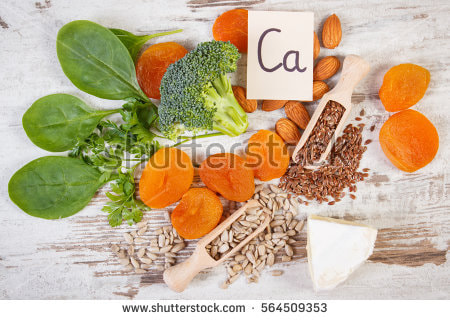|
Minerals are what remain as ash when plant or animal tissues are burned or decompose completely after death. Minerals are present in tissue protein, enzymes, blood and some vitamins and so much more. We are going to go through some of the Macro-minerals calcium, magnesium, sodium, phosphorus, and potassium. Then we will go into micro minerals: iron, silicon, selenium, zinc. Then we will finish off the month with Antioxidants/free radicals and raw foods vs cooked foods.
Let’s start with Calcium since that is a hot topic. With all the dairy allergies today, the concern about calcium intake is on the rise. If we can’t drink milk or consume dairy, where are we going to get our calcium? Calcium Facts and myths
Fact: this depends on whether you have changed your diet appropriately to improve your calcium absorption as stated above. Calcium supplements and absorption rates:
Milk as a source of calcium
Nuts and seeds (1 cup portions)
Nut milks
Vegetable (1/2 cup portions)
**Note: this post is not meant to diagnose, treat or cure any illnesses. It is for informational purposes only. Always read and follow the labels when taking supplements and always consult a healthcare professional.
0 Comments
Leave a Reply. |
AuthorI'm Elizabeth and I love cooking! When my son was faced with many different food allergies, cooking became very challenging. Now I like to educate people about what they are putting in their mouth as well as inspire others that cooking healthy allergen friendly foods are easy and delicious. For recipes, visit my Instagram account @holisticmommabear Archives
March 2020
Categories |

 RSS Feed
RSS Feed